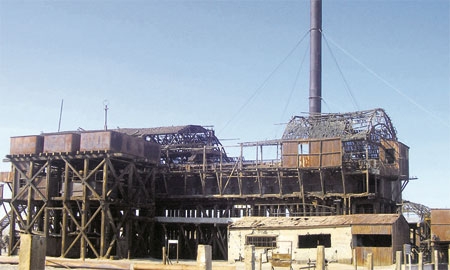They comprised more than 200 former saltpeter works that produced sodium nitrate for explosives and fertilizers to transform agricultural practices in North and South America, and also in Europe. During the boom years, this “white gold” generated great wealth for Chile.
From 1880, workers from Chile, Peru and Bolivia lived in company towns and forged a distinctive communal culture for over 60 years. The saltpeter works’ isolation gave way to the development of a unique urban community, with its own language, customs, creative expressions, and even technological entrepreneurship.
The two towns were declared a UNESCO World Heritage Site in 2005 for representing “the combined knowledge, skills, technology, and financial investment of a diverse community of people who were brought together from around South America, and from Europe.”

0 COMMENTS